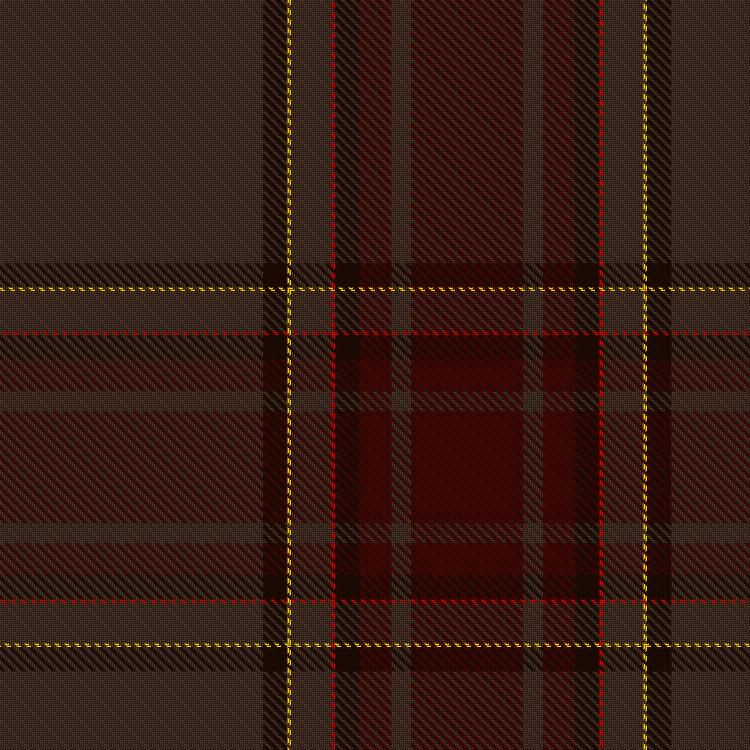Click the tartan to view its entry in The Scottish Registers of Tartans which includes registration details, restrictions, and registrant information.
Unregistered tartans may link to one of the web's online design environments for similar information.
For any questions about reproduction of designs or weaving of these tartans, please contact the registrant directly or via this website.
Aurora Viewing Nights
“🎶 The Northern Lights of old Aberdeen
Mean home sweet home to me.
The Northern Lights of Aberdeen
Are what I long to see.”
~ Mary Webb, 1952
This beautiful tartan was designed to capture the essence of the Northern Lights, or Aurora Borealis, when visible in the skies above Aberdeen. Its colours—greens, blues, and purples—reflect the ethereal beauty of this natural phenomenon.
Aberdeen and the surrounding Aberdeenshire region in northeast Scotland offer promising opportunities to witness the Northern Lights, especially during the heightened solar activity expected through 2025 . Although optimal viewing conditions generally occur from late September to March, when nights are longer and darker, this year and increased activity offer extended viewing opportunities.
To increase your chances, seek out areas with minimal light pollution. Recommended spots include Balmedie Beach, Bennachie, and Cairn O' Mount.
In Scottish folklore, auroras were often called Na Fir-Chlis, or “the merry dancers,” imagined as celestial warriors engaged in battle or celebration. The lights' sudden bursts of movement and flickering intensity added to their mystery — sometimes seen as signs of joy, other times as omens of change or conflict.
Some older Highland communities believed the auroras were the souls of the dead, or messengers from the beyond. Norse influence also played a role, with tales of Valkyries — the warrior maidens of Odin — said to ride across the sky, their armor casting shimmering reflections into the night. 💚 💙 💜 ❇️ ❇️ ❇️
Auroras — more formally known as the aurora borealis in the Northern Hemisphere — are one of nature’s most mesmerizing phenomena. In places like Aberdeenshire, Scotland, particularly during the long, dark nights of autumn and winter, locals and visitors alike may be treated to a rare but unforgettable sight: shimmering waves of color dancing across the sky.
At their heart, auroras are the result of solar activity. The sun constantly releases a stream of charged particles, known as the solar wind. When this wind reaches Earth, most of the particles are deflected by our planet’s magnetic field. However, near the magnetic poles — including the far north of Scotland — some particles spiral into the upper atmosphere.
When these energetic particles collide with gases like oxygen and nitrogen about 80 to 300 kilometers above the Earth’s surface, they excite the atoms and cause them to glow. The result is the aurora — a luminous display that can ripple, arc, or pulse in the sky.
The color of the aurora depends on which gas is being excited and at what altitude:
Green is the most common color and is caused by oxygen molecules about 100–200 km up.
Red is rarer and produced by oxygen at higher altitudes (above 200 km).
Blue and purple hues are caused by nitrogen molecules and are more likely during intense solar activity.
In Aberdeenshire, green and pink are most commonly reported, though lucky viewers may occasionally glimpse purples or faint reds on particularly strong nights.
For more on the best aurora viewing locations in Aberdeen, click the captured moment from Aberdeen Live cameras.








